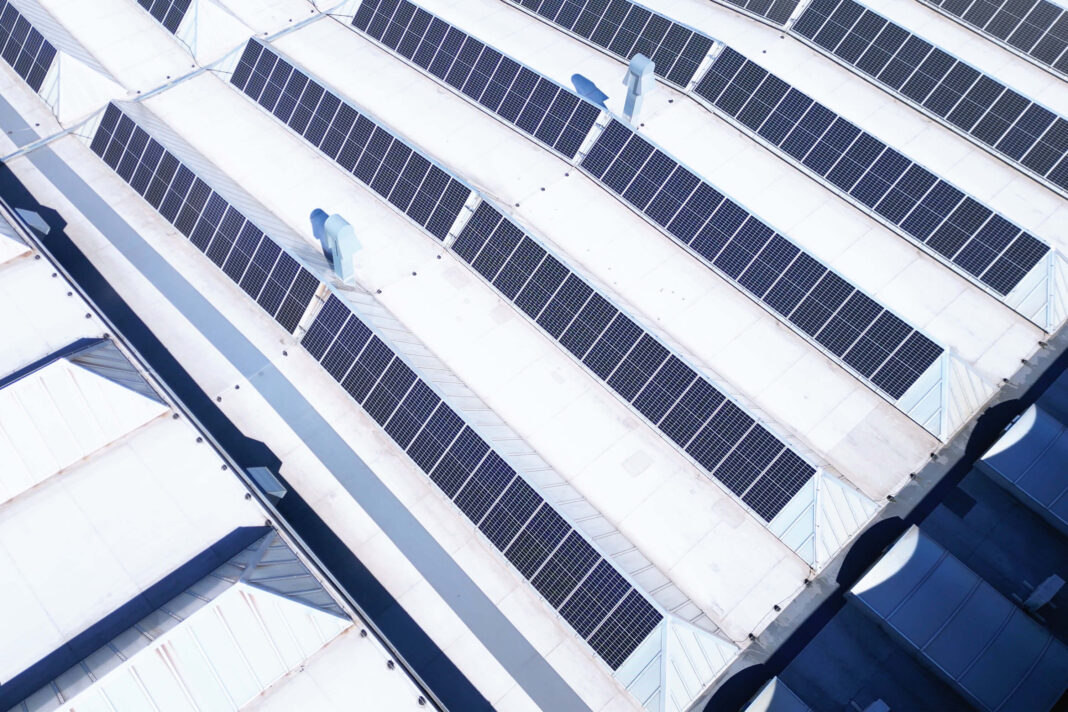Researchers from various institutions, including the Chinese Academy of Sciences (CAS), have found that installing solar panels over highways worldwide could adequately cater to worldwide energy needs and reduce CO2 emissions, says Kat de Naoum in the article at Thomasnet.
The study, conducted by CAS, Tsinghua University, the Chinese Academy of Geosciences, and Columbia University and published on July 15, 2024, concluded that if highways around the globe were fitted with solar roofs, they could generate approximately 17,578 TWh of electricity each year.
That’s over 60% of the world’s annual electricity consumption in 2023. The study estimates that solar panels on highways could offset about 28.78% of Earth’s current CO2 emissions.
Environmental Impact
The idea is that the vast stretches of highways all over the planet could serve as a massive platform for solar energy production to help shift away from fossil fuels to renewable energy sources.
Reducing CO2 emissions would be a huge step toward meeting international climate goals. Solar-covered highways could replace a large portion of electricity currently generated by fossil fuels, directly reducing the amount of CO2 released into the atmosphere.
Safety and Economic Benefits
In addition to environmental benefits, the researchers identified some important safety and economic perks. Solar roofs on highways could reduce traffic-related deaths by 10.8%, potentially saving 150,000 lives annually.
They could also protect vehicles from adverse weather conditions, like rain and snow, which are often to blame for road accidents. The study also found that such systems could reduce the economic burdens associated with these accidents and save around $0.43 trillion each year globally.
Highway Solar Panels: Challenges
Despite the promising findings, the researchers acknowledged that there are a few challenges related to getting these solar panels installed over busy highways—it’ll be no easy feat, and there are many technical difficulties, as well as high setup and maintenance costs.
The study’s lead author, Ling Yao, stressed the importance of pilot programs to test the concept’s feasibility in various areas with appropriate infrastructure and high energy demands, such as Eastern China, Western Europe, and the U.S. East Coast.




